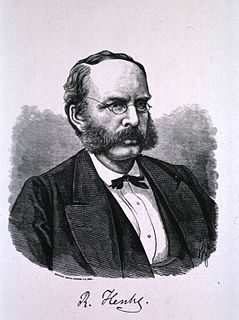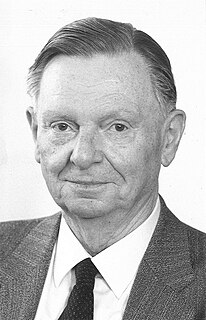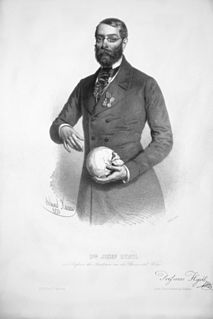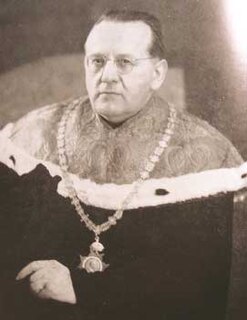 W
WChristian Joseph Berres Edler von Perez was an Austrian anatomist.
 W
WCarl-Bernhard Brühl was an Austrian physician and anatomist known for his work in the field of comparative osteology.
 W
WAnton Gilbert Victor von Ebner, Ritter von Rofenstein was an Austrian anatomist and histologist.
 W
WWenzel Gruber was an Austrian anatomist.
 W
WRichard Ladislaus Heschl was an Austrian anatomist.
 W
WHelmut Otto Hofer was an Austrian zoologist and anatomist.
 W
WJosef Hyrtl was an Austrian anatomist.
 W
WEduard Pernkopf was an Austrian professor of anatomy who later served as rector of the University of Vienna, his alma mater. He is best known for his seven-volume anatomical atlas, Topographische Anatomie des Menschen, prepared by Pernkopf and four artists over a 20-year period. While it is considered a scientific and artistic masterpiece, with many of its color plates reprinted in other publications and textbooks, it has been in recent years found that Pernkopf and the artists working for him, all of them ardent Nazis, used executed political prisoners as their subjects.
 W
WJan Evangelista Purkyně was a Czech anatomist and physiologist. In 1839, he coined the term 'protoplasm' for the fluid substance of a cell. He was one of the best known scientists of his time. Such was his fame that when people from outside Europe wrote letters to him, all that they needed to put as the address was "Purkyně, Europe".
 W
WCarl Rabl was an Austrian anatomist. His most notable achievement was on the structural consistency of chromosomes during the cell cycle. In 1885 he published that chromosomes do not lose their identity, even though they are no longer visible through the microscope.
 W
WJosef Victor Rohon was an Austrian paleontologist and neuroanatomist.
 W
WKároly Schaffer was a Hungarian anatomist and neurologist. He was born in Vienna. The axon projection from CA3 to CA1 neurons in hippocampus, Schaffer collateral, is named after him.
 W
WCarl Toldt was an Austrian anatomist who was a native of Bruneck, Tyrol.